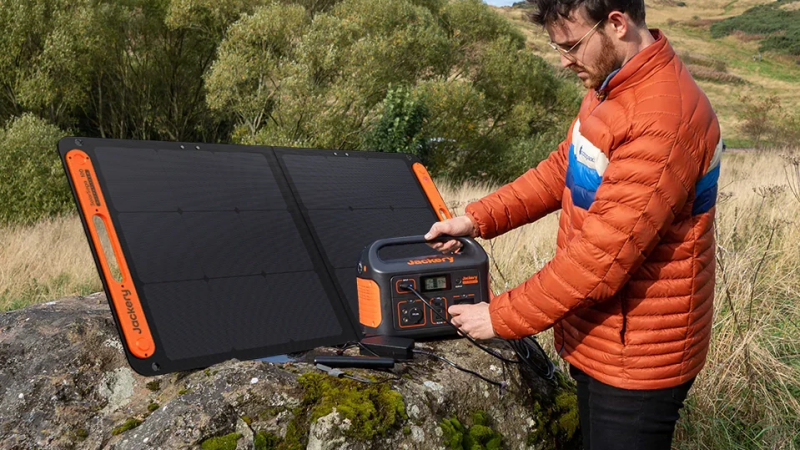How to find Volume from Mass

Understanding the relationship between mass and volume is crucial in various fields such as physics, chemistry, engineering, and everyday life. Whether you’re dealing with a solid, liquid, or gas, knowing how to find the volume from the given mass can be an invaluable skill. So, let’s delve into the methods and principles behind this calculation.
Basics of Mass and Volume:
Before diving into calculations, it’s essential to comprehend the definitions of mass and volume:
- Mass: Mass refers to the amount of matter present in an object and is typically measured in kilograms (kg) or grams (g).
- Volume: Volume is the amount of space an object occupies and is measured in cubic meters (m³) or cubic centimeters (cm³).
Finding Volume from Mass:
For Regular Objects:
- Using Known Formulas: For regularly-shaped objects like cubes, spheres, or cylinders, the volume can be determined using specific formulas. For instance, the volume of a cube is given by V = side³, while the volume of a sphere is V = (4/3)πr³.
- Density Calculation: If the density of the material is known, the formula V = m / ρ can be applied, where V is volume, m is mass, and ρ is density. Rearranging the formula gives volume as V = m / ρ.
For Irregular Objects:
- Water Displacement Method: Submerge the irregular object in a known volume of water and measure the change in water level. The increase in volume equals the volume of the object.
- Using Geometric Approximation: For some irregular shapes, approximating them with known geometric shapes (like cubes, cylinders, etc.) and then calculating their volumes can give an estimate of the volume.
Practical Applications:
- In Chemistry: Determining the volume of a solution based on the mass of a solute is fundamental in preparing solutions of known concentrations.
- In Engineering: Calculating the volume of materials such as concrete or steel based on their masses is crucial in construction projects.
- In Daily Life: Understanding volume from mass is practical when measuring ingredients for cooking or understanding the amount of liquid in a container by knowing its weight.
Precautions and Considerations:
- Ensure accurate measurements of mass using calibrated weighing scales.
- For irregular shapes, the method used for volume calculation may introduce some level of approximation.
- Temperature and pressure can affect the volume of certain substances, especially gases. Consider these factors when working with such materials.
Conclusion:
The ability to find volume from mass is a valuable skill applicable across scientific, industrial, and day-to-day scenarios. Whether you’re determining the volume of a solid, liquid, or gas, various methods exist to calculate it based on the given mass. From basic geometric formulas to innovative displacement techniques, mastering these calculations can significantly enhance problem-solving abilities across diverse fields. Understanding the relationship between mass and volume unlocks a world of possibilities in science, engineering, and everyday life.





